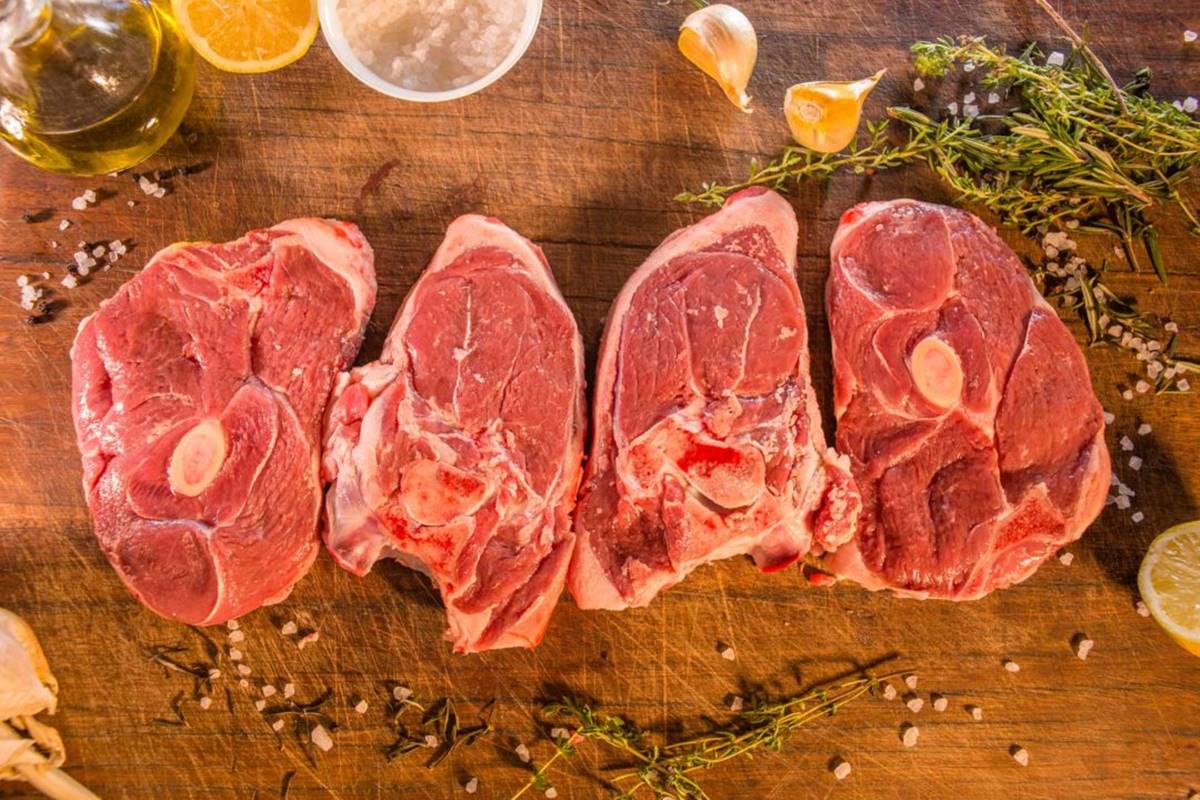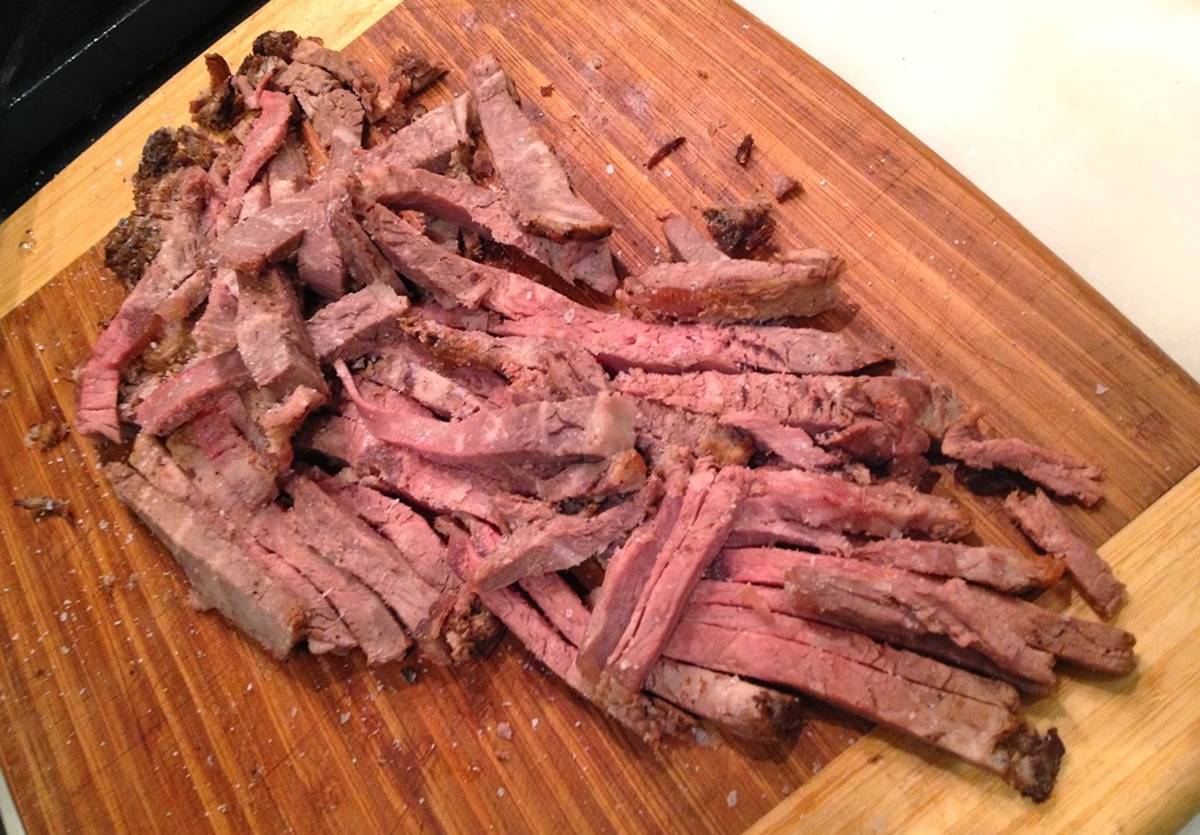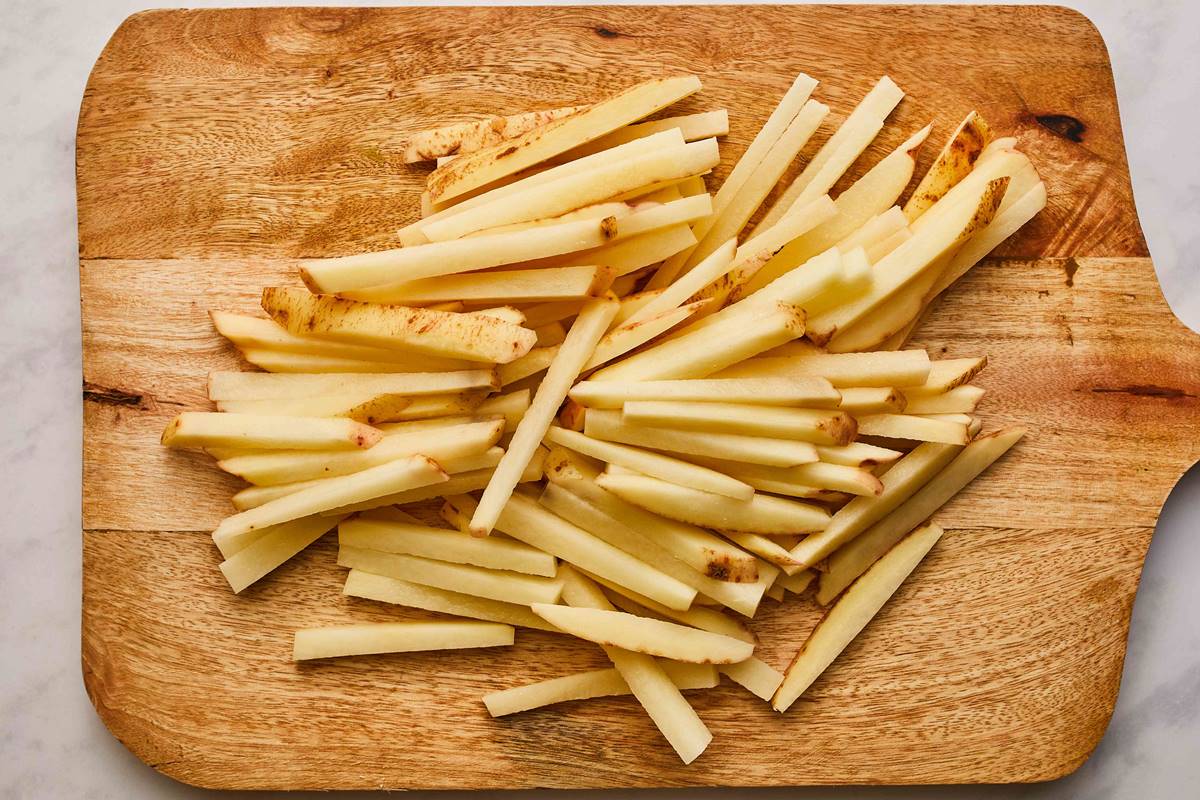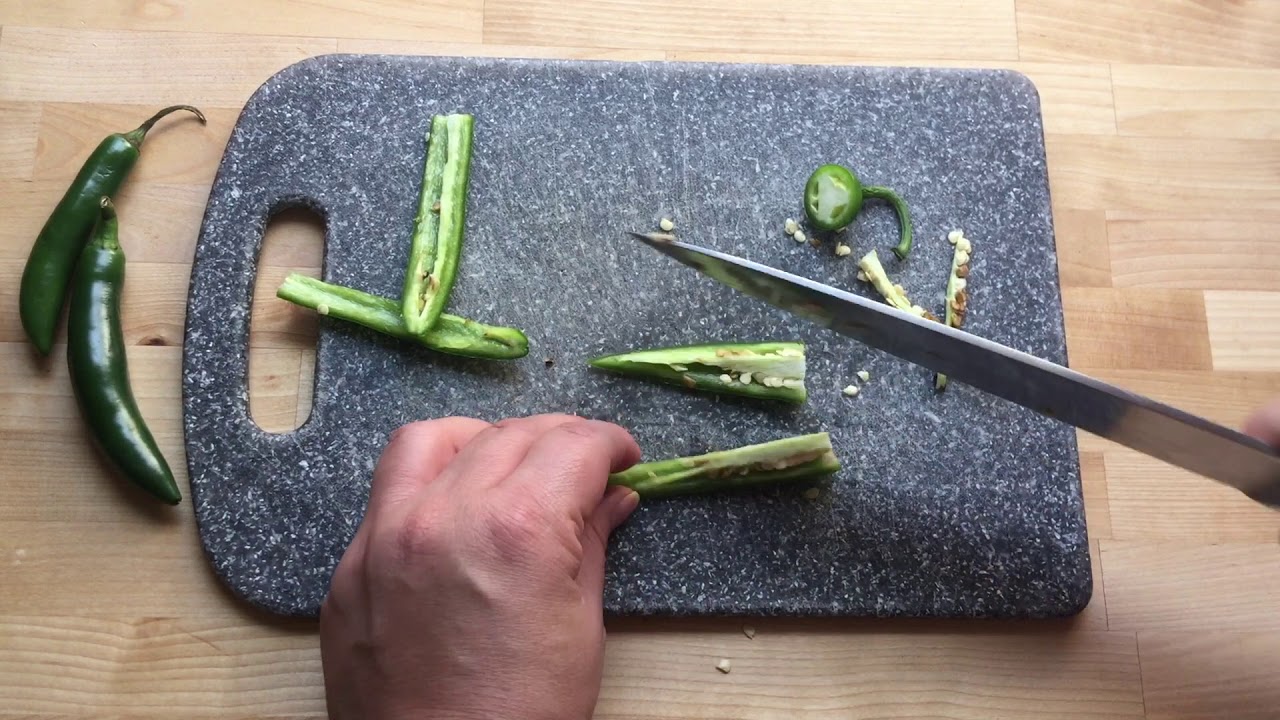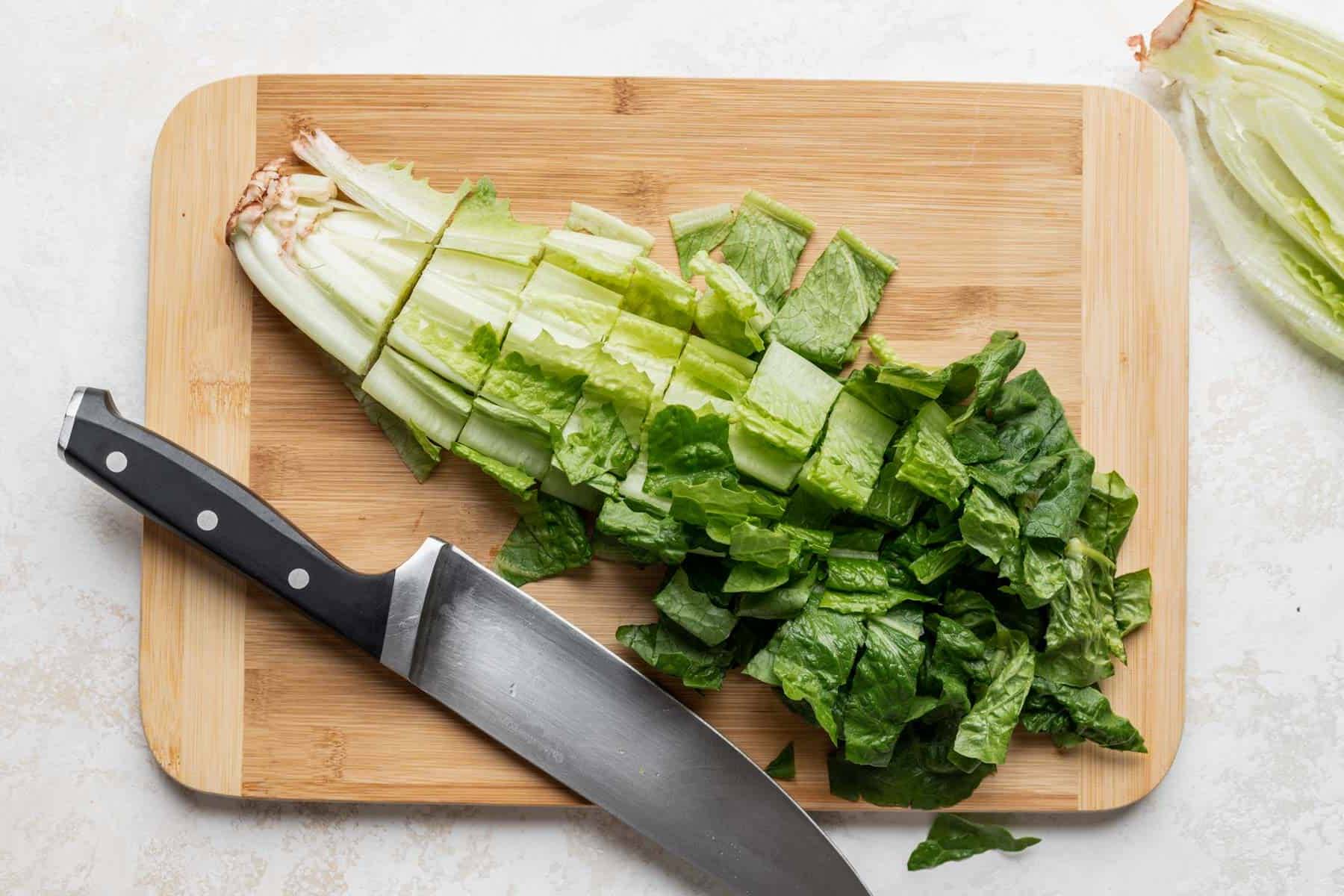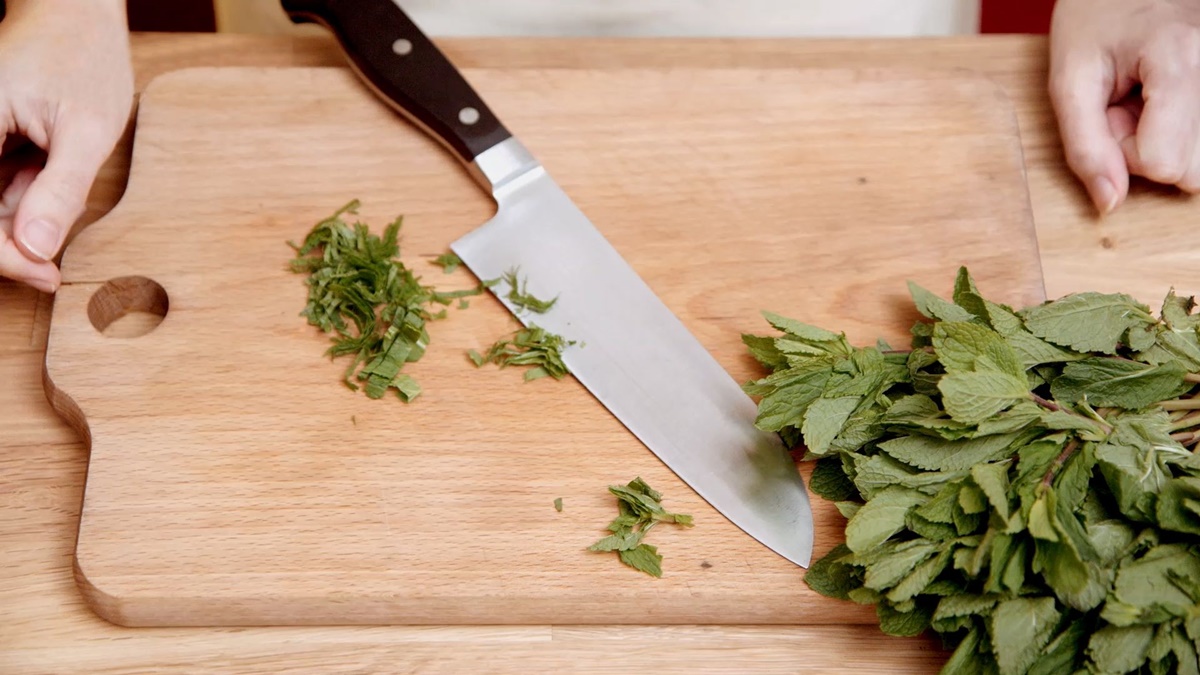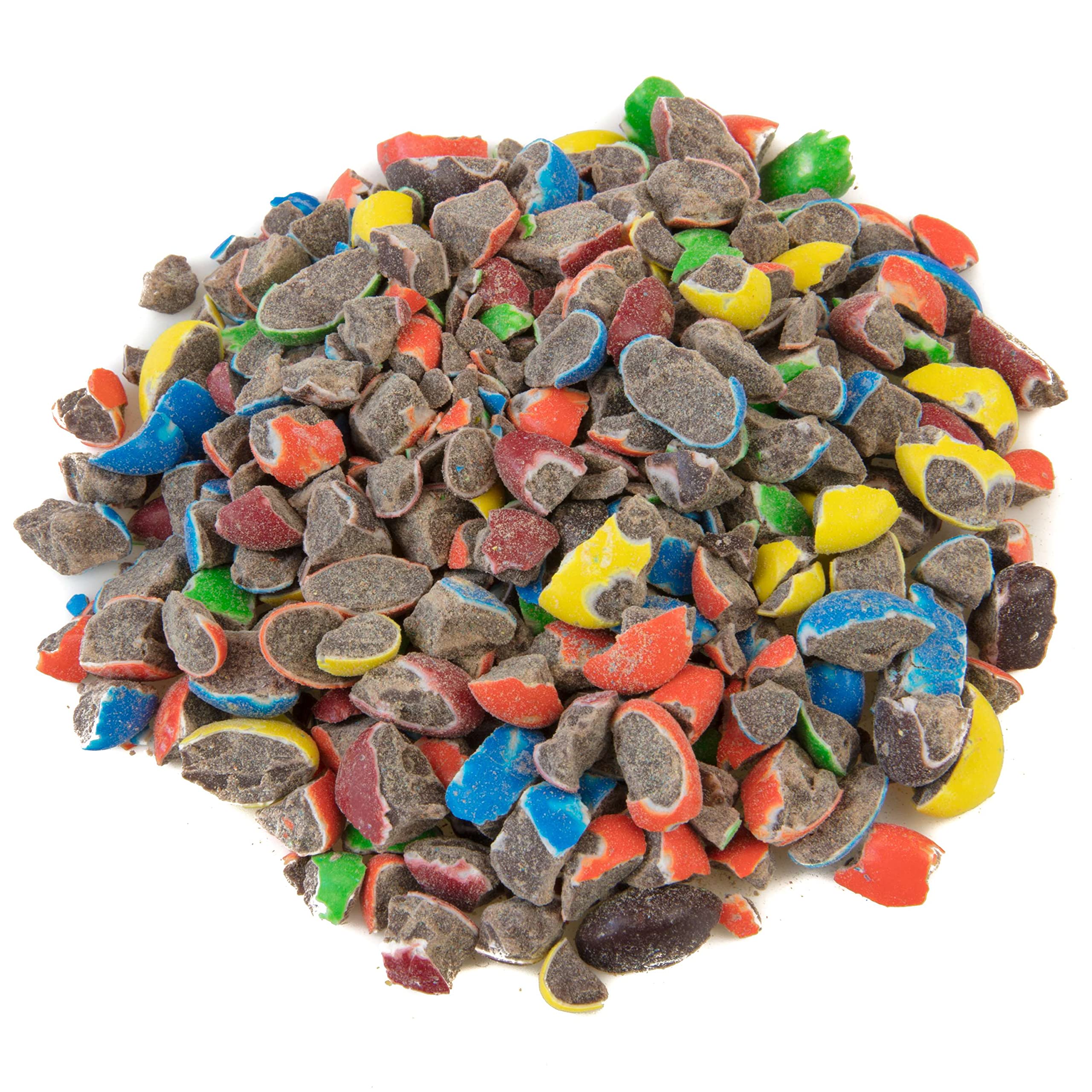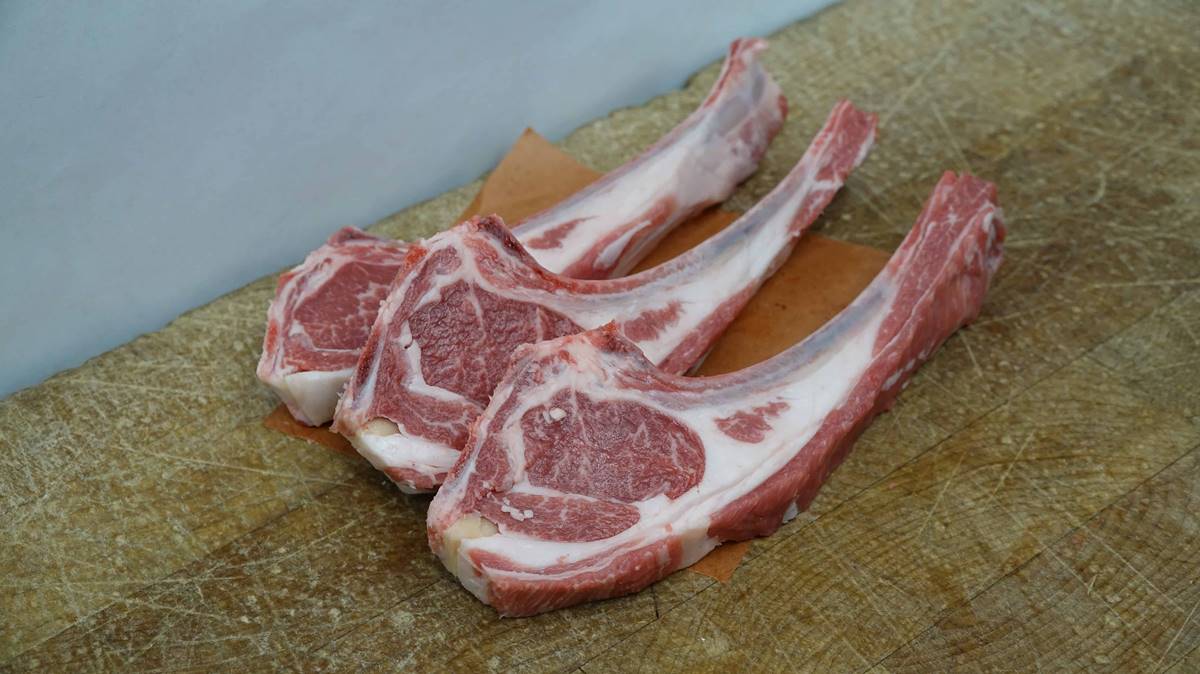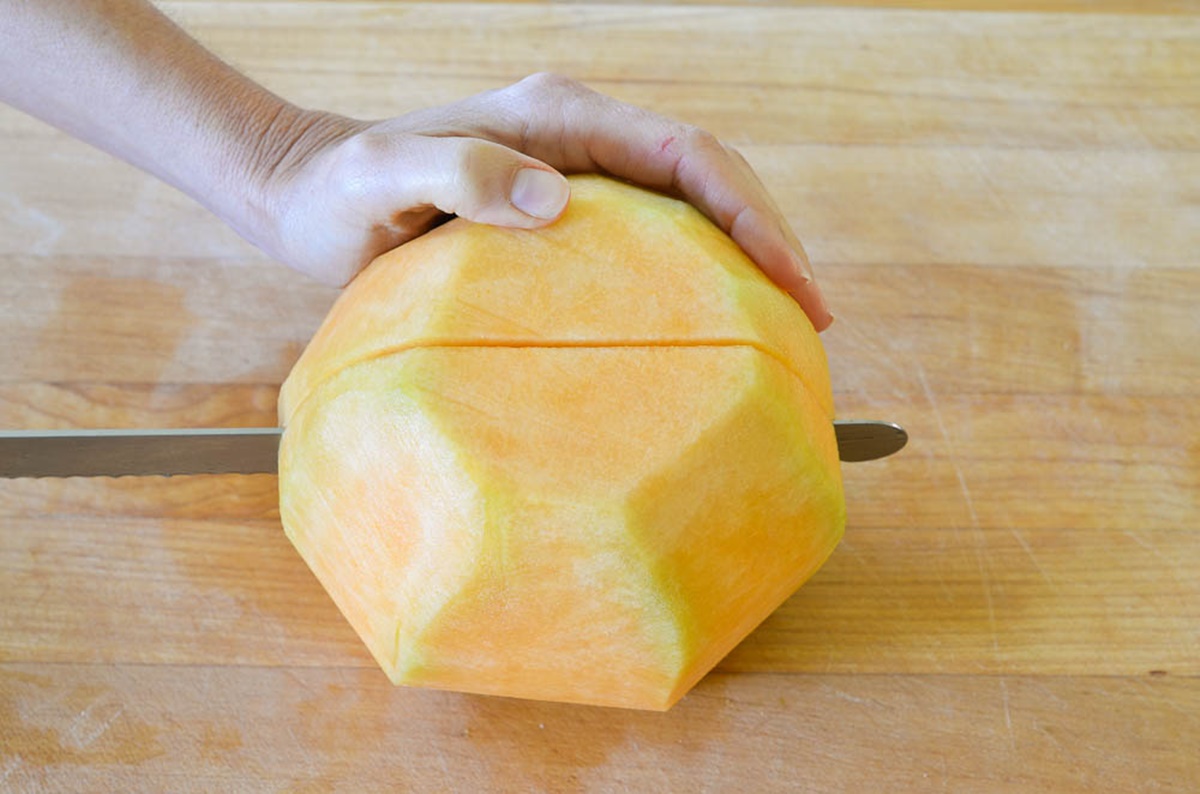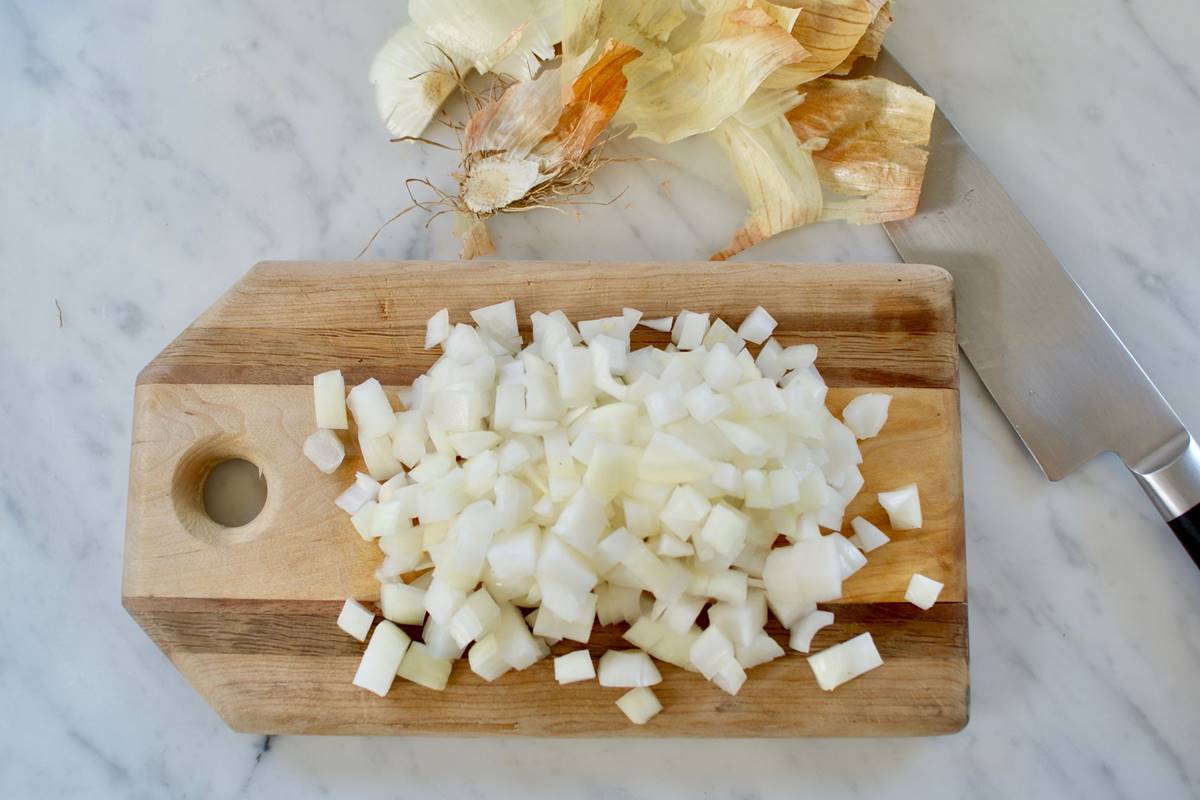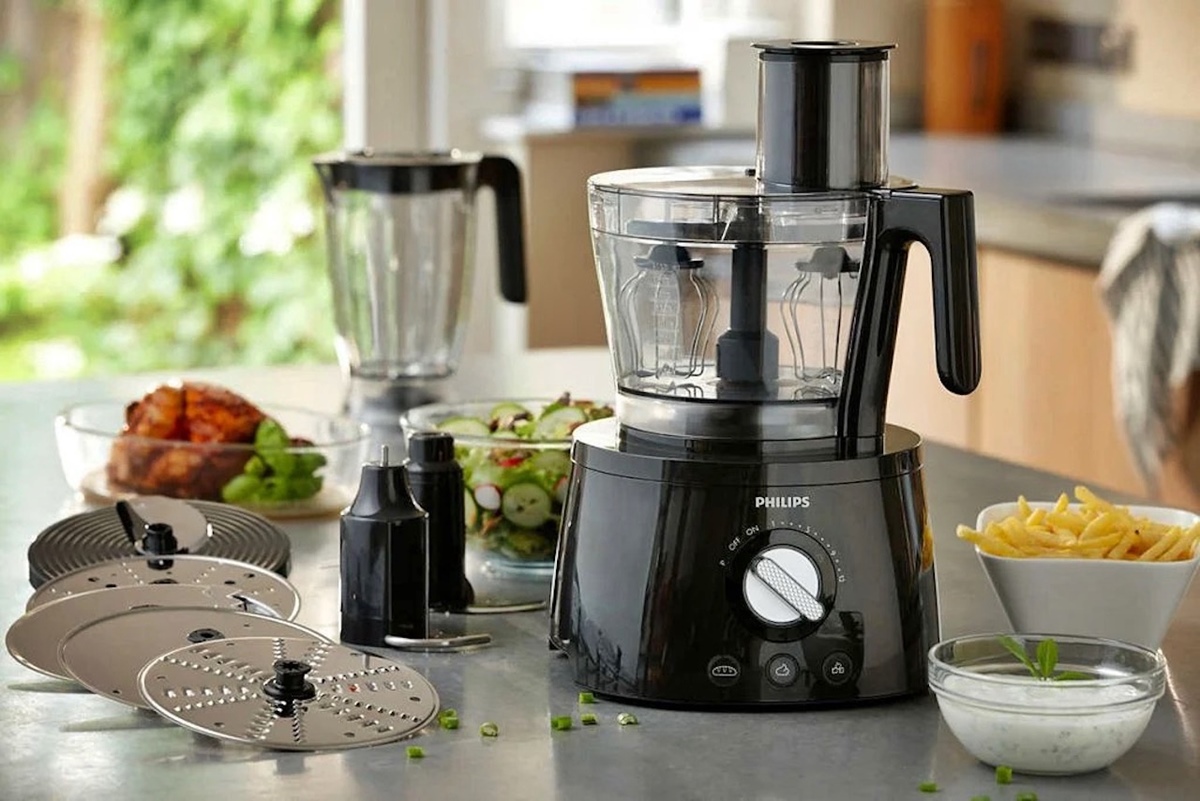How To Chop For Salsa – Your Guide to Perfectly Diced Ingredients
Creating a delicious salsa starts with the art of chopping. The way you cut your ingredients can greatly impact the texture and flavor of your salsa. Whether you like it chunky or finely minced, mastering the chopping technique will take your salsa to the next level. In this guide, we will walk you through the steps on how to chop for salsa like a pro.
1. Choose the Right Tools
Having the right tools can make a significant difference in your chopping process. Here are some essentials you will need:
- A sharp chef’s knife: A sharp knife will make it easier and safer to chop your ingredients precisely.
- A cutting board: Use a sturdy cutting board that provides enough space for chopping and prevents any cross-contamination.
- A reliable vegetable peeler: Some vegetables like tomatoes might require peeling before chopping.
2. Prep Your Ingredients
Before you start chopping, it’s crucial to prepare your ingredients properly. This includes:
- Washing your produce: Rinse your vegetables and fruits under cool water to remove any dirt or residue.
- Drying them: Pat dry your ingredients to ensure a better grip while chopping.
- Removing seeds and cores: For certain ingredients like tomatoes or peppers, removing the seeds and cores can help control the moisture in your salsa.
3. Master the Chop Techniques
Now, let’s dive into the different chopping techniques:
- Dice: For a classic salsa, dice your ingredients into small, uniform cubes. Start by cutting your vegetables into slices, then stack the slices and cut them lengthwise into strips. Finally, cut across the strips to create cubes.
- Minced: If you prefer a finely minced salsa, use a rocking motion with your knife to finely chop your ingredients. Keep chopping until you achieve the desired texture.
- Chunky: To create a rustic and chunky salsa, chop your ingredients into larger pieces. Aim for irregular cuts for a visually appealing texture.
4. Properly Handle Herbs and Citrus
When it comes to adding herbs or citrus to your salsa, the chopping technique differs slightly:
- Herbs: To avoid bruising delicate herbs like cilantro, chop them just before serving your salsa. Use a sharp knife and make clean, swift cuts.
- Citrus zest: If your recipe calls for citrus zest, invest in a microplane grater. Gently grate the outer layer of the fruit, avoiding the bitter white pith.
5. Clean as You Go
Chopping for salsa can be a messy process, but maintaining cleanliness will make your cooking experience more enjoyable. Remember to:
- Remove scraps and trimmings promptly from your cutting board.
- Wipe down your cutting board and knife as needed.
- Wash your hands between handling different ingredients to avoid cross-contamination.
By following these steps and mastering the art of chopping, you’ll be able to create salsa that will impress your friends and family. Experiment with different ingredients, flavors, and textures to customize your salsa to your liking. Whether you enjoy it with tortilla chips or as a topping for your favorite dishes, a well-chopped salsa is guaranteed to take your culinary skills to new heights.
Was this page helpful?
Read Next: How To Chop Fresh Coconut
Rent to own homes or Lease to buy Canada
Qualify a potential candidate: The tenant buyer must complete a questionnaire to get qualified into the rent to own program. During, the qualification process, our credit specialists evaluate different elements such the down payment available, the credit score and the family revenue. These elements typically determine the purchase price and the agreed length of the rent to own program.
